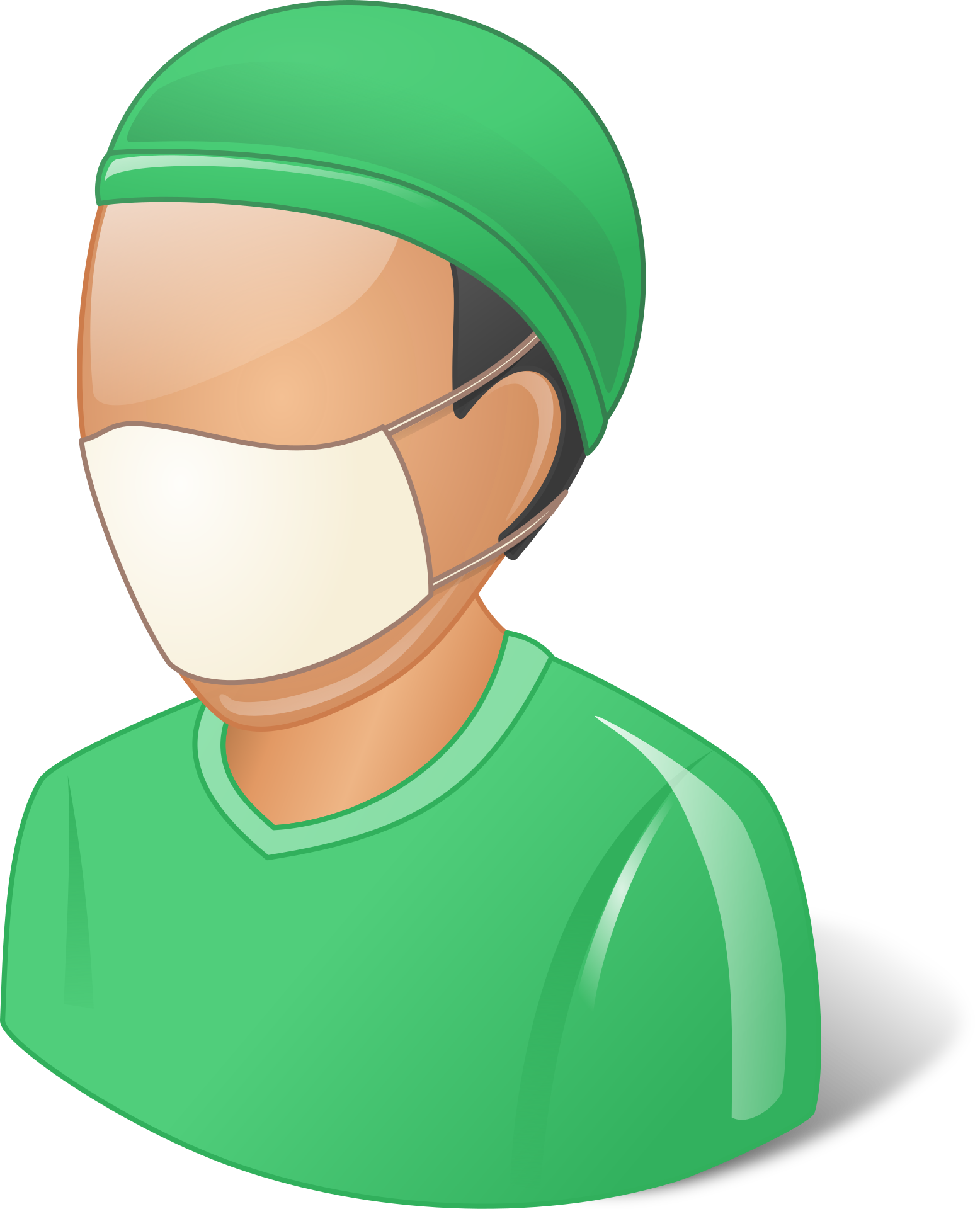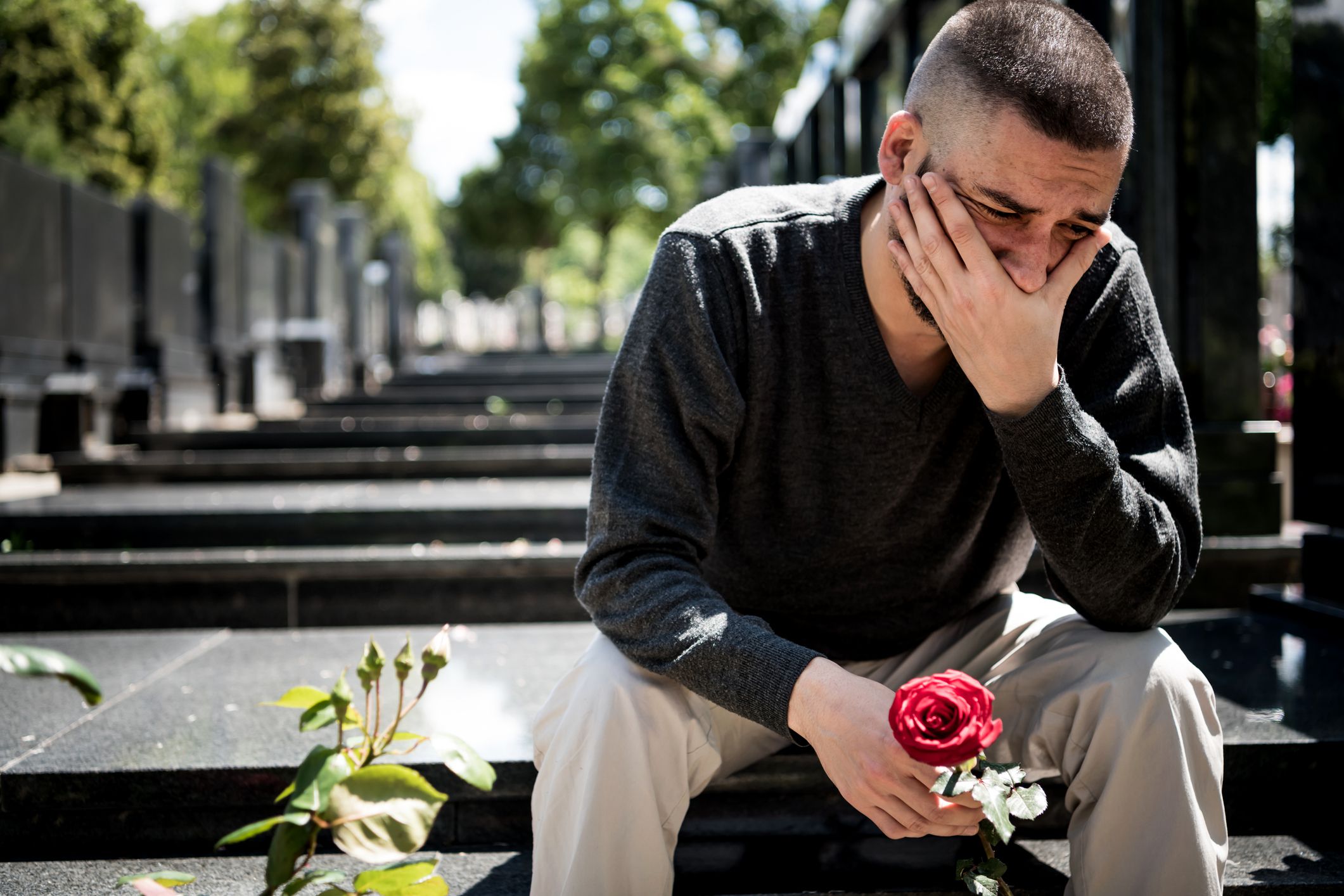As most people know, depression is a common mental health condition; in fact, according to the National Institute of Mental Health (NIMH), in 2017 an estimated 17.3 million adults in the U.S. suffered from at least one major depressive episode in a 12-month time span. But not all depression is the same.
Unlike a diagnosis of major depressive disorder, you won’t find the term "situational depression" in the DSM-5 (the latest tool for diagnosing mental disorders, also called the Diagnostic and Statistical Manual of Mental Disorders: Fifth Edition).
RealPeopleGroup/Getty Images
What Is Situational Depression?
Situational depression (known as adjustment disorder with depressed mood in the DSM-5) often occurs in response to a major, sudden change in a person’s life (such as the death of a loved one). Situational depression can involve many of the same symptoms as clinical depression, but don't meet criteria for major depressive disorder or represent normal grief.
The reason it’s important to understand the different types of depression is so that you can seek proper treatment as soon as possible.
Symptoms
The primary difference between situational depression and clinical depression is that situational depression occurs in direct response to an event. It is a temporary situation that subsides once a person comes to terms with the triggering event. Clinical depression, on the other hand, may happen for no specific reason.
Situational depression can impact the way a person feels and thinks about themselves and the outside world; it may also impact a person’s behavior and affect one’s actions. Symptoms of situational depression may include:
- Feeling extremely sad or hopeless
- Crying frequently
- Problems concentrating
- Loss of interest in things you used to enjoy
- Feeling stressed out, worried, anxious, or overwhelmed
- Insomnia (trouble sleeping)
- Decreased appetite
- A lack of interest in socializing
- Avoidance of things that are usually of importance (such as getting to work on time)
- Thoughts of suicide
Situational depression starts within three months after a stressful event and lasts no longer than 6 months after the stress or its consequences have ended.
Diagnosis
According to the DSM-5 criteria pertaining to the diagnosis of adjustment reaction with depressed mood (situational depression), a person must be able to identify major life stressors, and the symptoms must impact one’s ability to function normally for a person to be diagnosed with situational depression. During a diagnostic examination, the mental health professional will:
- Ask in-depth questions about your symptoms and your medical and mental health history
- Inquire about your family history
- Ask you about any social issues you may be experiencing (such as social withdrawal)
- Compare your symptoms with the criteria listed in the DSM-5
The DSM-5 criteria say you must:
- Have emotional or behavioral symptoms—for a period of three months—in response to a specific stressor that has recently occurred
- Experience a level of symptoms that is considered more than would normally be expected in response to the stressful event
- Have symptoms that directly impact relationships at work or school (or personal relationships) in a negative way
- Demonstrate that your symptoms are not a result of alcohol abuse or other mental health disorders
- Demonstrate that your symptoms are not likely to be solely due to being part of the normal grieving process
Causes
The cause of situational depression is some type of drastic change or stressors that occurred in your life, examples may include:
- Loss of a job
- Divorce
- Moving
- Getting a diagnosis of a major illness
- Extreme difficulties in the workplace or at school
- Loss of a loved one
- Marital problems or other types of relationship issues
- Having a baby
- Retiring from a job/career
- Major financial problems
- Traumatic experiences
- Combat
- Ongoing stressors
Risks
There are some things that can influence how well a person responds to stressors, these factors can either increase or decrease the chance of developing situational depression. The factors that increase the risks include:
- Having other mental health disorders
- Having a dysfunctional childhood
- Experiencing more than one severely stressful event at once
- Having abnormal brain chemistry (or structure)
- Having physical conditions (such as hormonal abnormalities)
Types of Situational Depression
There are several subtypes of situational depression, these include adjustment disorder with:
- Depressed mood: Includes predominantly having a low mood, crying frequently, feelings of hopelessness, and lack of pleasure in things you used to enjoy doing
- Anxiety: Includes predominantly anxious, nervous, and worried, as well as jitteriness, feeling overwhelmed, trouble concentrating; children with adjustment disorder who have this subtype often have separation anxiety linked with the fear of loss when separated from parents or other loved ones.
- Mixed anxiety and depressed mood: Predominant feelings of anxiety mixed with depression.
- Disturbance of conduct: Predominant symptoms of behavioral problems such as fighting, skipping school, or vandalizing property; this is a common type of depression in adolescents.
- Mixed disturbance of emotions and conduct: Both depression and anxiety, as well as conduct disturbance (behavioral problems), are all predominant.
- Unspecified: Includes reactions that do not fit into the category of the other subtypes of adjustment disorder.
Treatment
The primary treatment for situational depression is to provide relief from symptoms. This can be accomplished via several different treatment modalities including medication and psychotherapy.
Medication
Some types of medication, such as antidepressants can help to alleviate certain symptoms of depression. This may be important if these symptoms are interfering with the capacity to cope with or change problematic situations.
Psychotherapy
The primary mode of treatment for situational depression is psychotherapy. The exact nature of psychotherapy will differ depending on several factors (such as the subtype of adjustment disorder) and may include:
- Supportive coaching to address stressors
- Cognitive behavioral therapy (CBT) to address distorted thinking and problematic behaviors
- Insight-oriented approaches (psychodynamic therapy) to help a person understand underlying conflicts and dynamics contributing to how they are reacting to the stress and strengthen their capacity to cope
- Family therapy (particularly if the patient is an adolescent or when the situation is family-related)
- Couples therapy (when the adjustment disorder is directly impacting an intimate relationship)
Coping
There are many lifestyle changes that can help a person cope with situational depression, some of which may even help alleviate or lessen symptoms, these include:
- Getting enough sleep each night
- Establishing a regular workout routine each day (with the approval of your health care provider)
- Eating a healthy diet and staying away from sugary, fatty, processed foods
- Establishing or strengthening a peer support system (as well as reaching out to professionals such as counselors or therapists when needed).
- Learning about the stages of grief and loss and take time to go through the stages and heal yourself
- Staying away from alcohol, drugs, and any other substance that will numb your feelings; in order to heal, you must feel your emotions and express them (avoid bottling them up or escaping through drugs, alcohol sex, or other ways of avoidance)
- Maintaining social connections and work to strengthen your sphere of social support.
A Word From VeryWell
A person with any type of depression (including situational depression) may have thoughts of self-harm. If you have been thinking of hurting yourself (or someone else) and particularly if you’ve been formulating any type of plan, be sure to contact your local 911 emergency services, go to the emergency room, or confide in a mental health professional or other health care provider right away.
You can opt to call the suicide hotline number as well. The number in the National Suicide Prevention Lifeline phone number is 1-800-273-TALK (1-800-273-8255). When you call the number, a trained counselor will answer the phone and is available to help.

